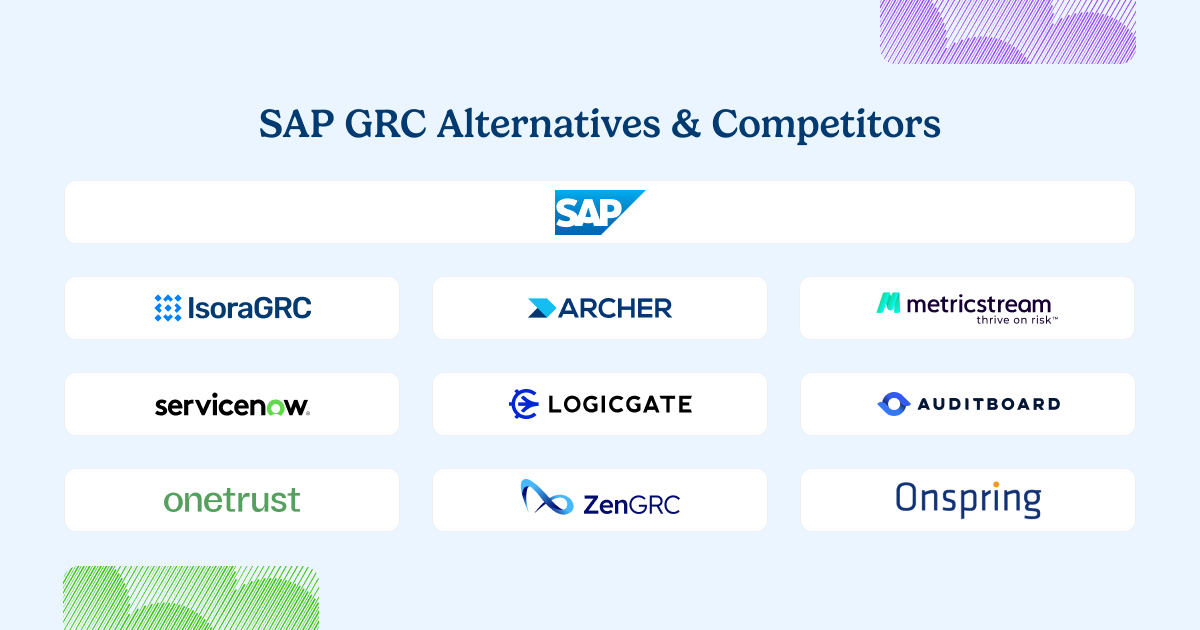
SAP GRC is widely used in enterprises that rely on SAP for core business processes. It’s tightly integrated with SAP environments and excels at access controls, audit logs, and financial compliance. But when it comes to managing information security and vendor risk, SAP GRC shows its limits.
The platform is complex, costly to maintain, and primarily designed for internal controls—not collaborative risk workflows across IT and business units.
SAP GRC belongs to the category of all-in-one enterprise GRC platforms—powerful for governance and audit, but ill-suited for agile, security-led risk management programs.
Why Teams Look for SAP GRC Alternatives
| Common Limitation | Why It’s a Problem | What to Look for Instead |
| Built for audit and compliance use cases | Doesn’t support modern security or vendor risk workflows | Purpose-built for IT and third-party risk management |
| Deeply tied to SAP architecture | Hard to deploy outside SAP-centric environments | Lightweight platform that works independently of ERP tools |
| Rigid and complex | Long implementations, high admin overhead | Fast, no-code deployment with easy-to-use workflows |
| Poor usability for non-audit teams | Limited adoption beyond risk and finance roles | Platform that supports collaboration across the organization |
What to Look for in a SAP GRC Alternative
- Tools that support security assessments, not just financial controls
- Centralized risk and exception tracking tied to actual workflows
- A platform that’s independent of ERP systems and easy to deploy
- Designed for security teams and operational risk, not just governance and audit
- Broad adoption across technical and non-technical stakeholders
Top SAP GRC Alternatives
1. Isora GRC
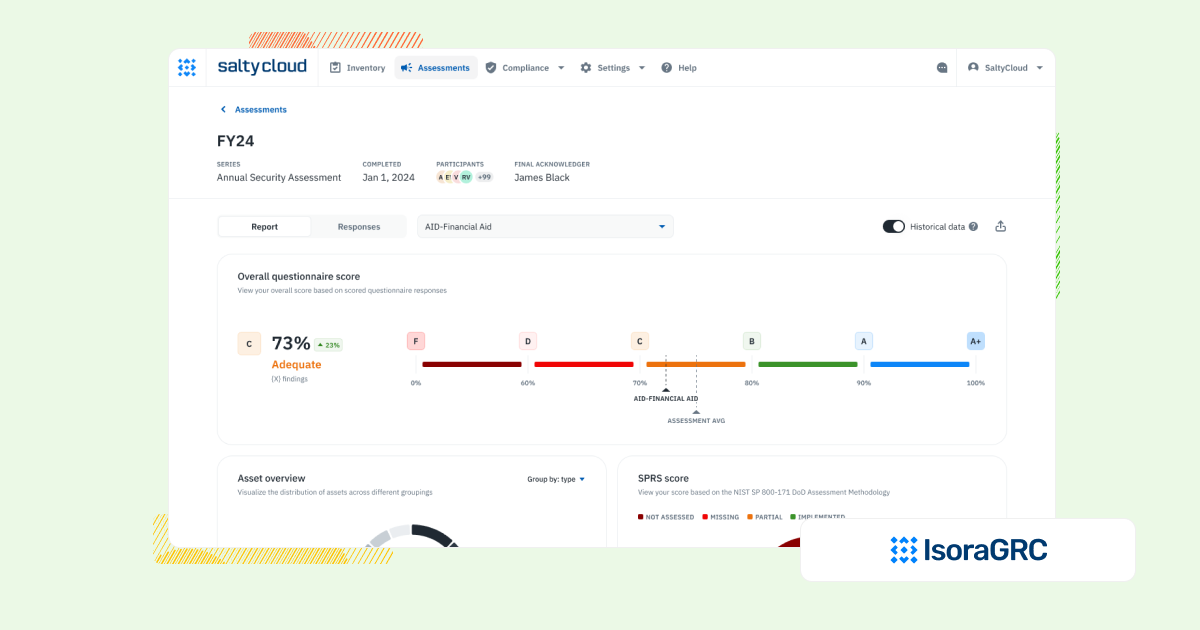
| Category | Details |
| Best For | Security teams that need to operationalize IT and third-party risk management across assets, third-party vendors, and business units. |
| Overview | Isora GRC is the GRC Assessment Platform™ built specifically for information security teams. It supports the full risk workflow, from assessments and questionnaires to risks, inventory, and reporting, without the complexity of legacy GRC tools or the limitations of audit-first platforms. |
| Strengths | Built for workflows, not checklists
✅ Supports assessments, inventory tracking, risk registers, and exceptions in a unified experience. Designed for org-wide adoption ✅ WCAG-compliant UX that requires no training and makes risk everyone’s job. Fast time-to-value ✅ Live in days or weeks, with no-code setup and minimal lift from IT. Flexible by default ✅ Customizable assessments, scalable categories, and framework mapping without heavy configuration. Scales across teams and vendors ✅ Works equally well for internal teams and third-party risk management programs. |
| Limitations | ⚠️ Not designed for legal, audit, or finance teams seeking one platform for enterprise-wide GRC
⚠️ May be too structured for teams looking to build one-off surveys or lightweight audits without repeatable workflows |
| When to Consider | If you need a modern risk platform built for continuous use, with workflows your security team will actually adopt, without the rigidity and ERP-dependence of audit-first enterprise GRC platforms. |
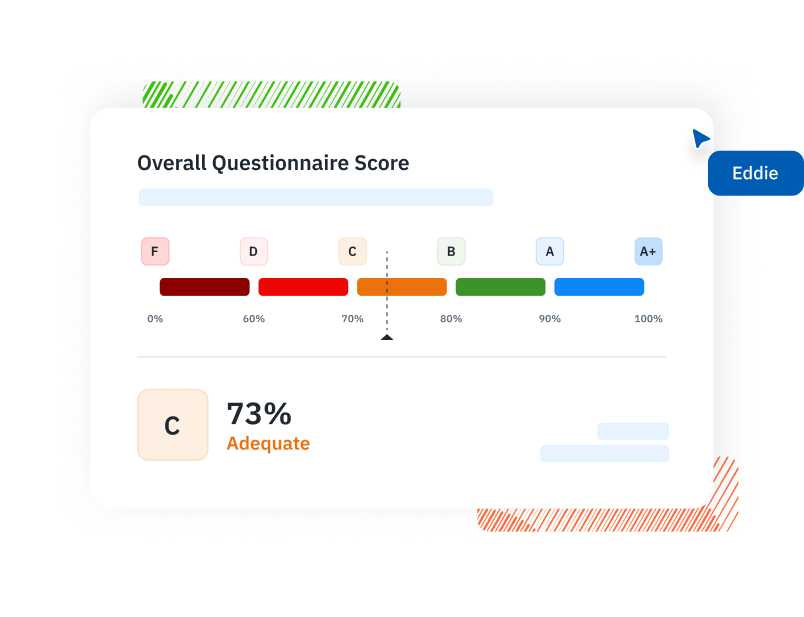
2. Archer IRM
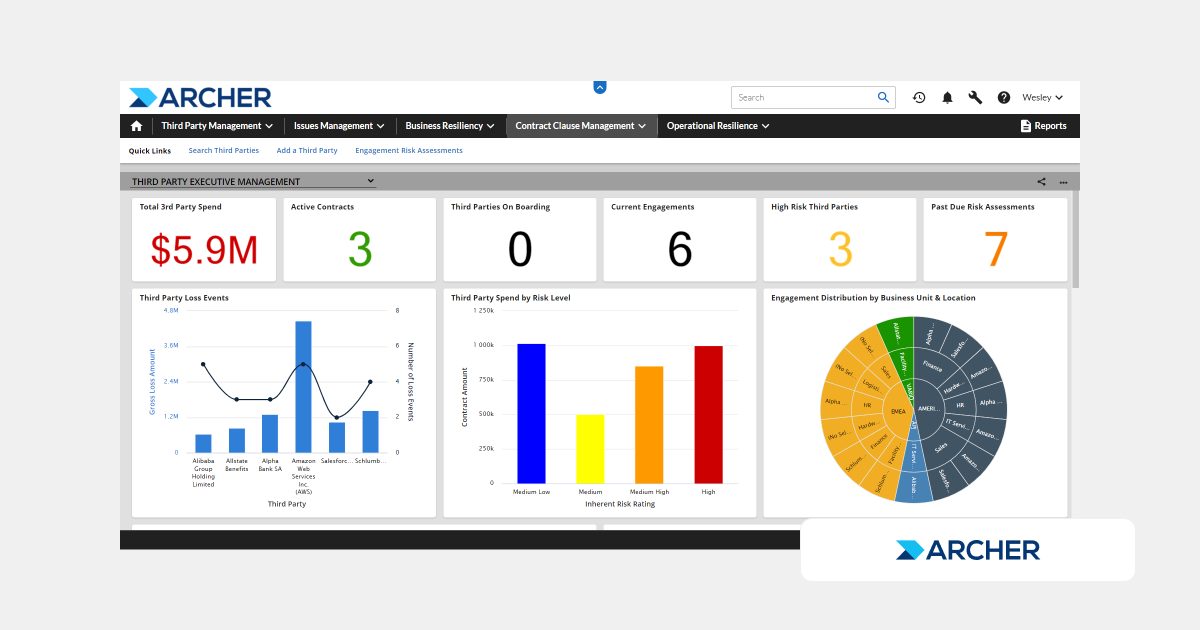
| Category | Details |
| Best For | Large enterprises with centralized GRC teams and the budget to support long implementations and deep customization. |
| Overview | Archer IRM is an enterprise GRC platform used to manage risk, audit, and compliance across large organizations. Like SAP GRC, it’s powerful but complex, often requiring dedicated staff, consultants, and months of setup to get usable workflows in place. |
| Strengths | ✅ Deep governance and compliance functionality
✅ Highly configurable for enterprise-wide programs |
| Limitations | ⚠️ Long implementation timelines and heavy admin overhead
⚠️ Not designed for agile IT risk workflows or collaborative vendor assessments |
| When to Consider | If you need a centralized, customizable governance platform but can work around the lack of speed, usability, and flexibility for modern, security-led risk management teams. |
| Other Comparisons | Archer IRM vs ServiceNow GRC vs Isora GRC
LogicGate vs Archer IRM vs Isora GRC ZenGRC vs Archer IRM vs Isora GRC |
3. MetricStream
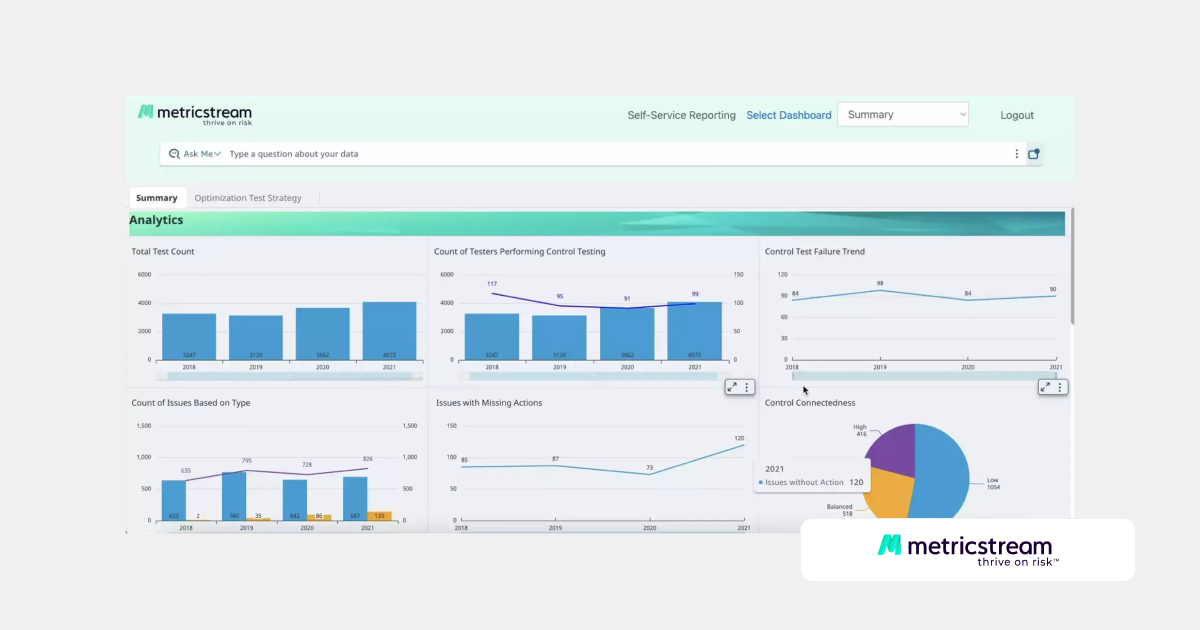
| Category | Details |
| Best For | Large organizations that need to manage complex regulatory programs and cross-functional GRC at scale. |
| Overview | MetricStream is a well-established GRC platform excellent in audit and governance. Like SAP GRC, it’s robust but often too complex for security teams looking to run flexible risk assessments, track vendors, and manage exceptions across dynamic environments. |
| Strengths | ✅ Enterprise-grade GRC with strong reporting and audit tools
✅ Supports frameworks like NIST 800-53, ISO 27001, and SOX |
| Limitations | ⚠️ Steep learning curve and long implementation cycles
⚠️ Overbuilt for security teams focused on IT and vendor risk workflows |
| When to Consider | If your focus is enterprise governance but you can work around the complexity and limited adaptability for hands-on, team-based risk workflows across IT assets and vendors. |
| Other Comparisons | MetricStream vs SAP GRC vs Isora GRC |
4. ServiceNow GRC
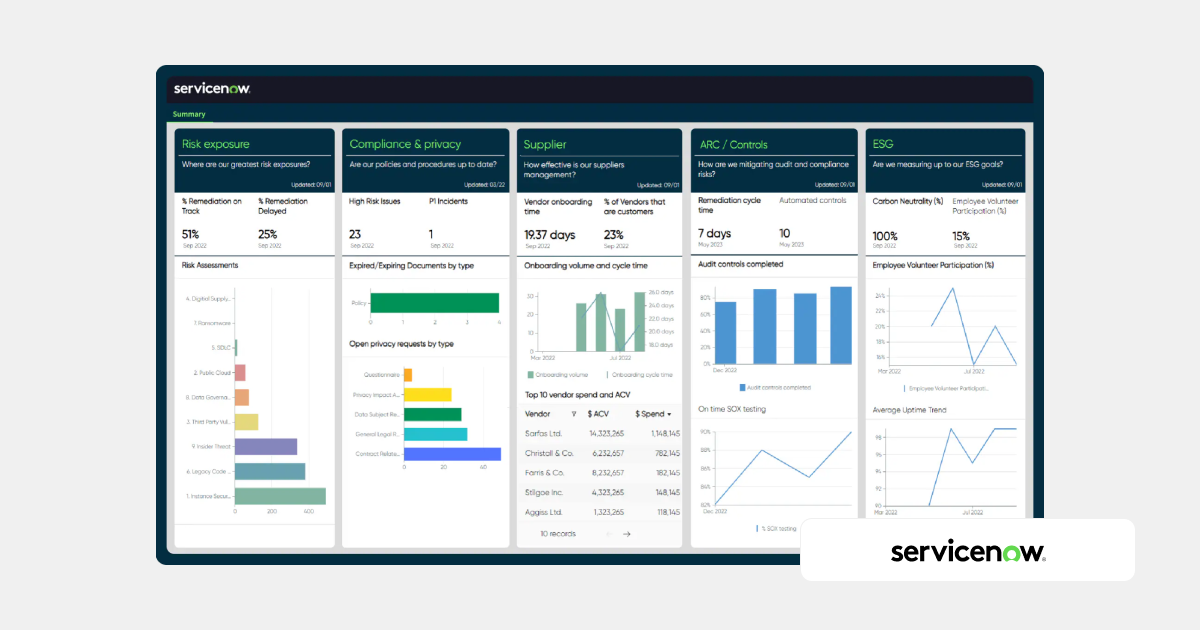
| Category | Details |
| Best For | Organizations already using ServiceNow for IT operations that want to layer in GRC functionality. |
| Overview | ServiceNow GRC extends ServiceNow’s ITSM platform with risk and compliance capabilities. While it integrates well with IT operations, it’s often too rigid and technical for teams that need collaborative, repeatable IT and vendor risk workflows. |
| Strengths | ✅ Strong integration with ServiceNow’s service desk and incident response tools
✅ Useful for policy management and tracking risk events across IT systems |
| Limitations | ⚠️ Requires technical resources and configuration to stand up
⚠️ Built around ITSM workflows, not security team–driven risk programs |
| When to Consider | If you’re already embedded in ServiceNow but can work around the platform’s complexity and lack of purpose-built workflows for scalable risk assessments and vendor reviews across business units. |
| Other Comparisons | Archer IRM vs ServiceNow GRC vs Isora GRC
OneTrust vs ServiceNow GRC vs Isora GRC |
5. LogicGate
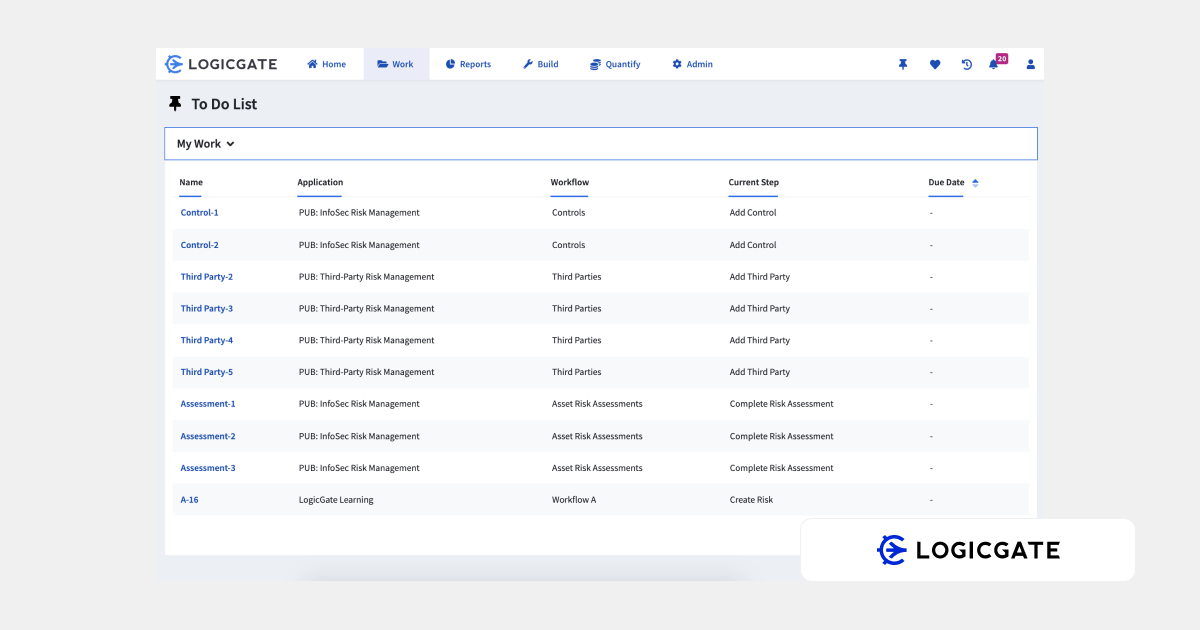
| Category | Details |
| Best For | Teams that want a flexible, low-code way to build their own GRC workflows over time. |
| Overview | LogicGate provides a drag-and-drop environment to create custom workflows for risk and compliance. It’s more flexible than SAP GRC, but still requires upfront design and internal resources, making it less ideal for teams that need structured tools out-of-the-box. |
| Strengths | ✅ Highly configurable and adaptable to different risk processes
✅ Can support IT risk, vendor risk, and compliance frameworks |
| Limitations | ⚠️ Requires time and technical skill to configure workflows and reporting
⚠️ Lacks fast-start templates for structured, repeatable security assessments |
| When to Consider | If you want to build your own GRC program from scratch but can work around the slower time-to-value and lack of turnkey support for security and vendor risk workflows out of the box. |
| Other Comparisons | LogicGate vs Archer IRM vs Isora GRC |
6. AuditBoard
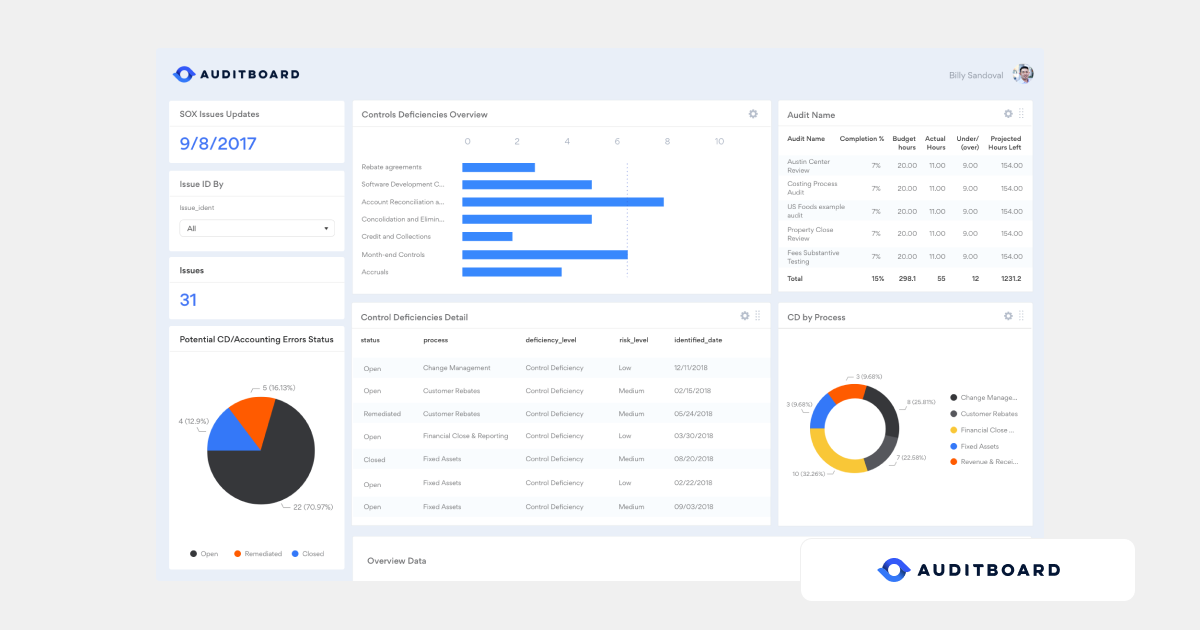
| Category | Details |
| Best For | Internal audit and compliance teams that need a centralized platform to manage controls, documentation, and audit readiness. |
| Overview | AuditBoard is designed to streamline audit and SOX programs. It offers strong tools for control tracking and documentation but lacks the flexibility and features needed for IT risk management, third-party assessments, or cross-functional exception handling. |
| Strengths | ✅ Easy-to-use platform for internal auditors and compliance professionals
✅ Strong control testing and documentation tools |
| Limitations | ⚠️ Not built for IT risk, vendor oversight, or cross-department security collaboration
⚠️ Limited flexibility for non-audit teams needing dynamic workflows |
| When to Consider | If your primary focus is on audit tracking and compliance documentation but you can work around the platform’s limited functionality for broader security and operational risk management programs. |
| Other Comparisons | AuditBoard vs ServiceNow GRC vs Isora GRC |
7. OneTrust GRC
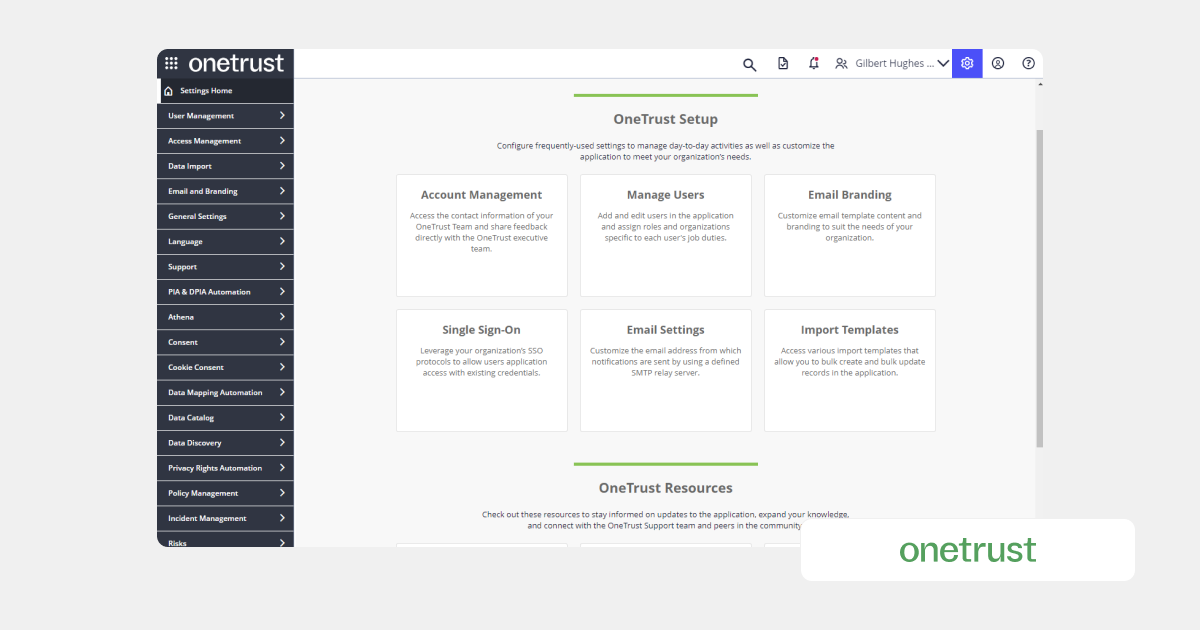
| Category | Details |
| Best For | Organizations focused on privacy, data governance, and third-party risk rather than full-spectrum IT risk management. |
| Overview | OneTrust GRC extends the privacy platform with compliance and third-party risk tools. While useful for regulatory reviews and vendor questionnaires, it lacks the structure, flexibility, and usability that security teams need to manage risks across systems, assets, and business units. |
| Strengths | ✅ Good for vendor risk reviews and privacy-focused compliance programs
✅ Supports standard assessments like CAIQ, SIG, and HECVAT |
| Limitations | ⚠️ Not built for IT risk tracking, asset-based assessments, or exception workflows
⚠️ Focused more on documentation and compliance than operational risk management |
| When to Consider | If your team prioritizes vendor privacy and compliance documentation but can work around the lack of support for structured risk workflows across internal systems and security teams. |
| Other Comparisons | OneTrust vs ServiceNow GRC vs Isora GRC |
8. ZenGRC
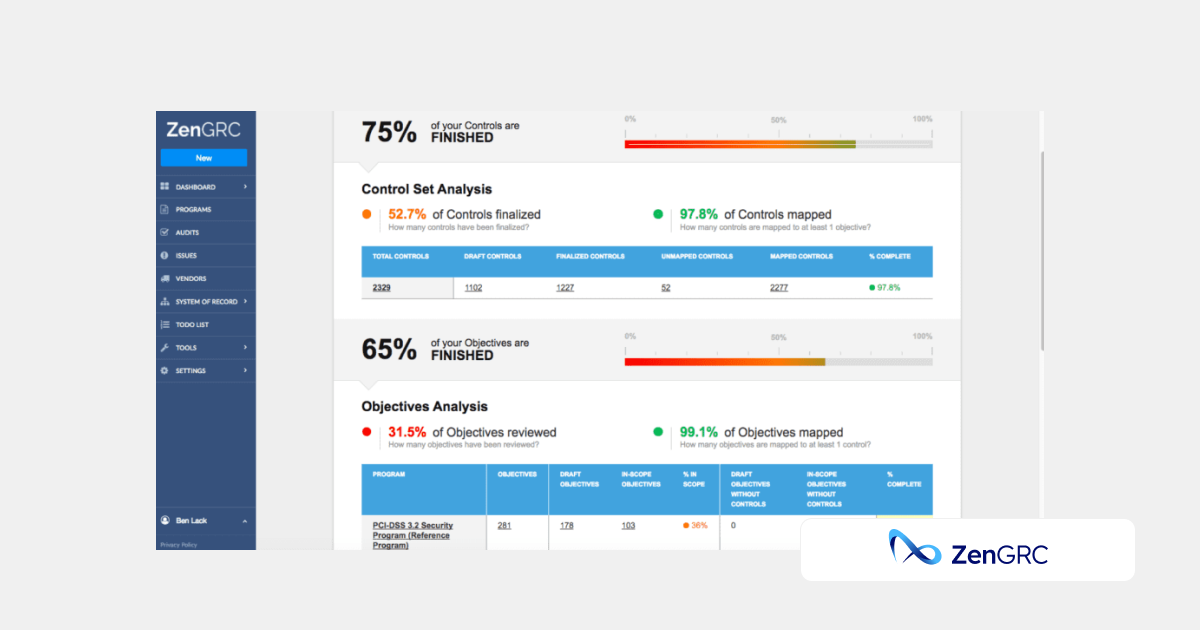
| Category | Details |
| Best For | Small to midsize teams starting out with audit and compliance tracking. |
| Overview | ZenGRC offers a lightweight platform for managing compliance frameworks and audit documentation. While fast to launch and easy to use, it doesn’t provide the depth or structure needed for teams managing complex IT risk or third-party security workflows. |
| Strengths | ✅ Fast setup and easy-to-use interface for audit and compliance tracking
✅ Useful for organizing frameworks like SOC 2, ISO 27001, and NIST |
| Limitations | ⚠️ Limited support for ongoing risk assessments, vendor inventories, or exception tracking
⚠️ Geared more toward checklist-style compliance than repeatable security processes |
| When to Consider | If you need a simple tool for compliance documentation but can work around the platform’s limited scalability and feature depth for operational and vendor risk management across the organization. |
| Other Comparisons | ZenGRC vs AuditBoard vs Isora GRC |
9. Onspring
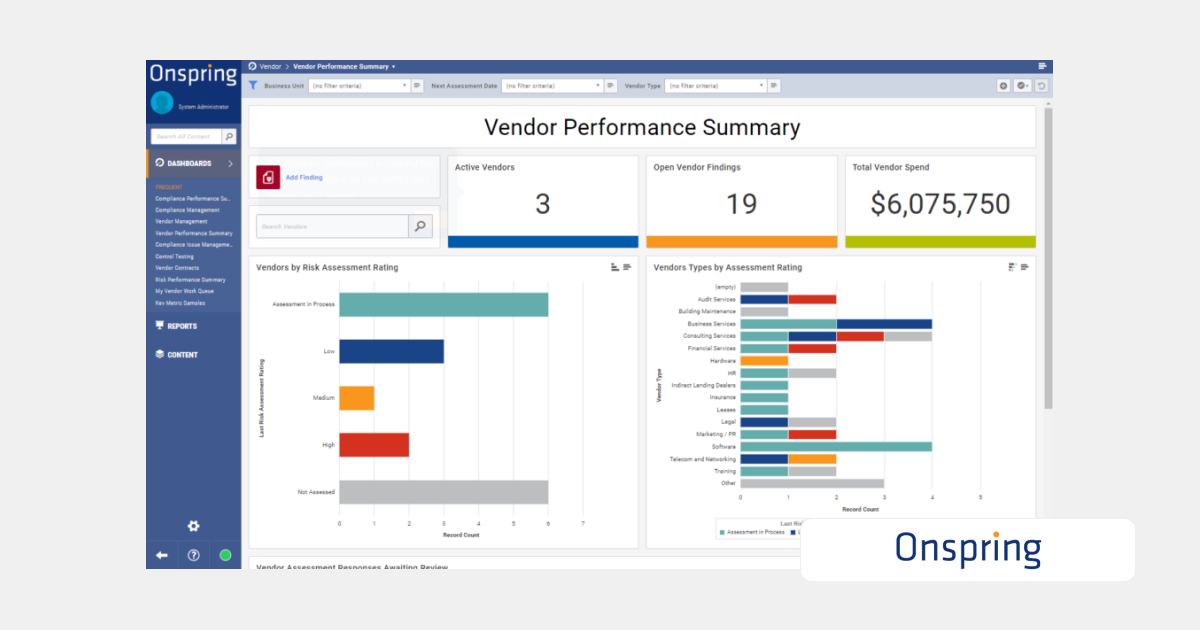
| Category | Details |
| Best For | Teams that want to create their own GRC processes without code, especially in legal, audit, or compliance departments. |
| Overview | Onspring is a no-code platform that helps teams design risk and compliance workflows from the ground up. It offers strong flexibility, but requires significant time to build structure, making it a tough fit for security teams that need ready-to-go workflows for IT and vendor risk. |
| Strengths | ✅ Fully customizable, visual workflow builder for governance and risk
✅ Good for cross-departmental process automation in non-technical teams |
| Limitations | ⚠️ Slower time-to-value for teams needing fast deployment and predefined workflows
⚠️ Not optimized for IT risk assessments or third-party risk tracking without heavy configuration |
| When to Consider | If your org wants to build its own GRC ecosystem but can work around the lack of structure and slower path to implementation for security-driven risk programs and vendor oversight. |
| Other Comparisons | Onspring vs AuditBoard vs Isora GRC |
What Our Customers Say About Isora GRC
Security teams at top institutions are using Isora GRC to replace legacy tools and manual processes with intuitive workflows and actionable insight.
“Moving from manual processes to using Isora was a breath of fresh air. What used to take months is now automated, reliable, and defensible. Isora saves us significant time while delivering accurate insights that improve decision-making.”
Jessica Sandy, IT GRC Manager, The University of Chicago
“Isora has been essential in helping us meet our University of California cybersecurity requirements across a decentralized campus. Automating assessment data collection and reporting has given us clear visibility into unit-level risks, enabling us to prioritize resources effectively and address gaps with confidence.”
Allison Henry, CISO, The University of California, Berkeley
FAQs
What are some alternatives to SAP GRC?
SAP GRC is part of a category of enterprise governance platforms focused on access control, financial compliance, and audit logging—especially within SAP environments. Alternatives like Isora GRC offer lighter, purpose-built workflows for security teams managing IT and vendor risk without the overhead of ERP integration.
Why do teams switch from SAP GRC to platforms like Isora GRC?
While SAP GRC excels in internal controls and audit-readiness, it’s often too rigid and complex for managing day-to-day security risk workflows. Teams switch to Isora GRC when they need a system that supports assessments, risk tracking, and vendor management—without relying on SAP infrastructure or consultants.
Does Isora GRC replace tools like SAP GRC or complement them?
For most security teams, Isora GRC fully replaces SAP GRC in the areas of IT and third-party risk management. It provides structured workflows for assessments, inventories, and exceptions—offering more flexibility and user-friendliness for teams outside finance or audit.
Which platform is better for managing decentralized security risk?
SAP GRC is effective for structured audit controls but can be difficult to scale across departments or non-SAP systems. Isora GRC was built for distributed teams that need to collaborate on assessments, manage risk inventories, and track exceptions across the organization.
What should I look for in a SAP GRC alternative?
Focus on platforms that offer assessment delivery, risk register management, exception workflows, and usability across technical and business users. Isora GRC delivers all of that in a lightweight platform that doesn’t require ERP alignment or lengthy implementation.
This content is for informational purposes only and does not constitute legal or compliance advice. See our full disclaimer.


















